Talking business
State Bank discovered that the economy might not be poised for a non inflationary recovery after all.
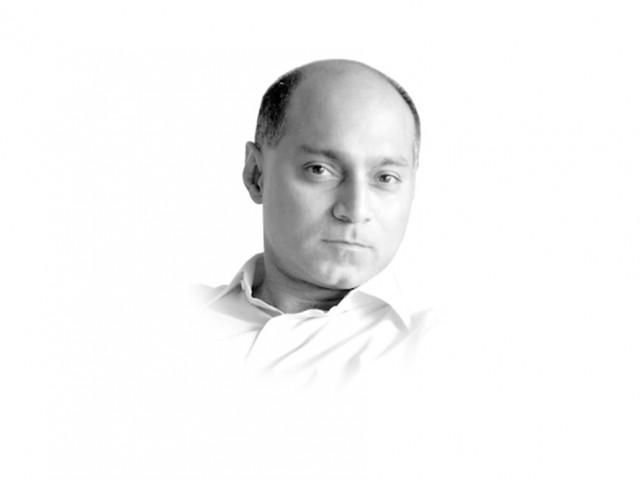
And the past few months, I’ll bet the State Bank is grateful that few – if any - have been paying attention. The last monetary policy statement on - 30th November - took us all by surprise. We were expecting them to go the full hog, finish what they started in July and bring the discount rate down to single digits by June. Instead they slammed on the brakes. What happened?
As recently as October 8th, the State Bank was “taking some comfort” from what they described as “declining inflation.” Seeing room for manoeuvre in this optimistic assessment, they saw it fit to ease the benchmark discount rate by a historic 150 basis points. The move was supposed to free up bank liquidity to “support private sector credit and investment growth,” if the monetary policy statement that accompanied this step is to be taken at face value.
A lengthy and convoluted explanation of how this would happen was woven into the announcement. If there was going to be “continued restraint on government borrowing from SBP” and if efforts to “curtail the emergence of incremental debt” in the power sector kept pace and if the markets new found love for longer tenors following the 50 bps reduction in interest rates in July meant cheaper loans for the private sector, and if the emerging preference for longer tenors helped resolve roll over problems in government debt, if all this happened, then one could perhaps talk of green shoots, of new beginnings in industrial growth and revival.
Then suddenly eight weeks later the optimism fizzled.
On November 30th, the State Bank discovered that the economy might not be poised for a non inflationary recovery after all. Markets were left scratching their heads. Did the State Bank really only just discover that the economy is pregnant with inflationary pressures, whether from unrealized pass through in energy prices or from the hike in the wheat support price (which doesn’t get going until March/April in any case)? Or maybe there is less here than meets the eye?
When the discount rate was lowered in July, phones rang all over Chundrigar road as the market tried to figure out what exactly was going on. If this is to support growth then the reduction is too small to be meaningful they were telling each other. In any event, smarter players saw the gambit and moved into longer tenors to lock in the higher yields while they were still on offer.
Is it possible that the State Bank has just solved the government’s roll over problems on its short term debt? Might that have been one of the intended consequences of this move all along? We can only speculate.
But if it wasn’t, the alternative is truly disturbing. What does one make of a Central Bank that moves aggressively to ease monetary policy one day then beats a hasty retreat only eight weeks later? What does that say for the quality of the analysis that is informing monetary policy decisions? Each of the “If’s” that were peppered throughout the October 8th announcement stand negated in the November decision. Is two months as far as our State Bank board of Governors can see?
Published in The Express Tribune, December 12th, 2011.

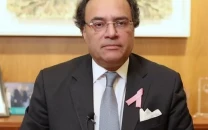
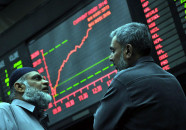
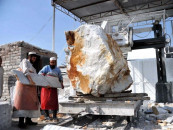
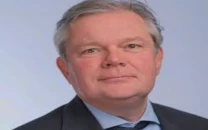







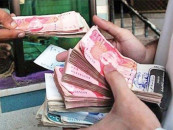






COMMENTS
Comments are moderated and generally will be posted if they are on-topic and not abusive.
For more information, please see our Comments FAQ